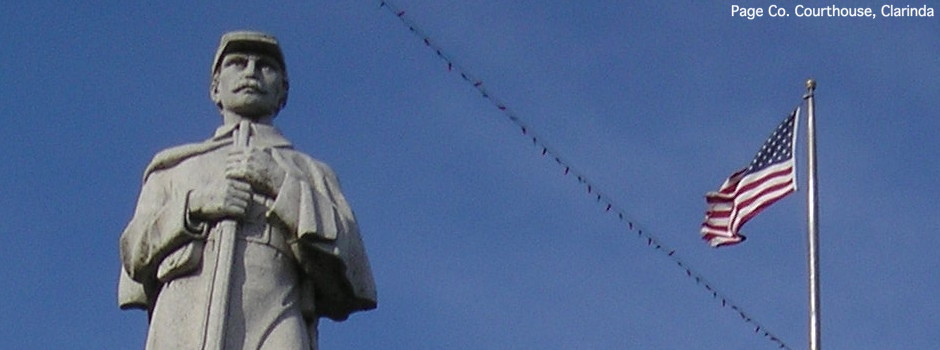Some of this batch of routes seem superfluous, but there was usually some sort of rationale for their existence.
- IA 53: Nora Springs to Charles City via Rockford instead of Rudd, out of a request from the Floyd County supervisors. The north-south part was moved east in 1922. Its descendant, IA 147, was a relic of confusion in the 1926 federal system (see page).
- IA 80: The West Burlington bypass, of sorts. Its largest, and perhaps only, rationale in 1920 was that it contained a segment of rural paved road. However, it, like 53, had pieces that stayed until 2003.
- IA 94: Or, “Marion’s bane.” It followed the Lincoln Highway southeast out of Marion, but by 1920 it was already eclipsed by the Mount Vernon Road cutoff. At one point in its later history, it was half-paved and half-gravel; the former segment was old 30 including the Seedling Mile but the latter is the bulk of the route that remains gravel to this day.
- IA 103: This was not part of the original system but followed shortly thereafter. It put West Point on a primary, but otherwise, was a different way to get from Mount Pleasant to Fort Madison. It lasted until 2003.
- IA 104: Also not part of the original system but in by the end of the year. Although it filled a space between IA 24 and IA 8 for an east-west route between Council Bluffs and IA 4, it didn’t run through any towns on its route. It became the first highway to be decommissioned.
- IA 106: Added in December 1920, this route followed the Clear Lake-Mason City interurban line. It was slightly straighter than IA 19, but that itself doesn’t seem to justify it. The extinct map dot of Emery, at the S34 intersection, is on this route.
